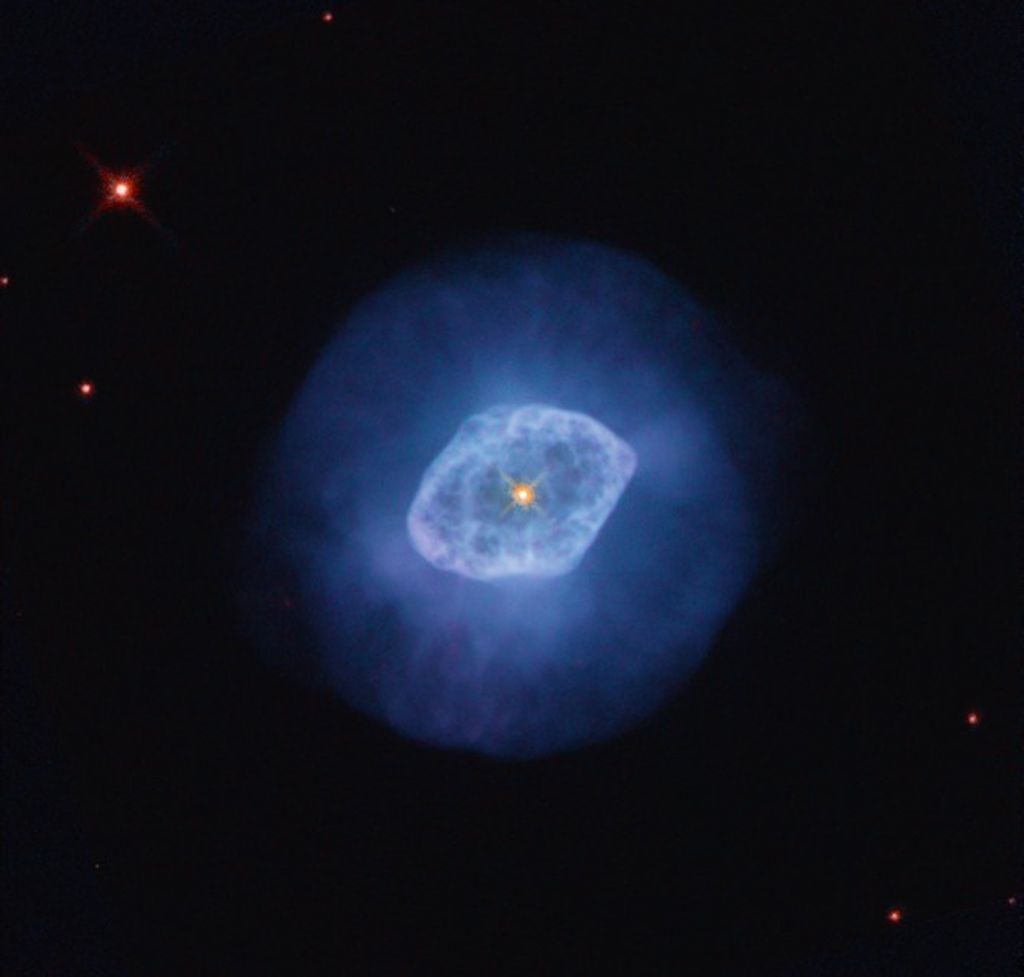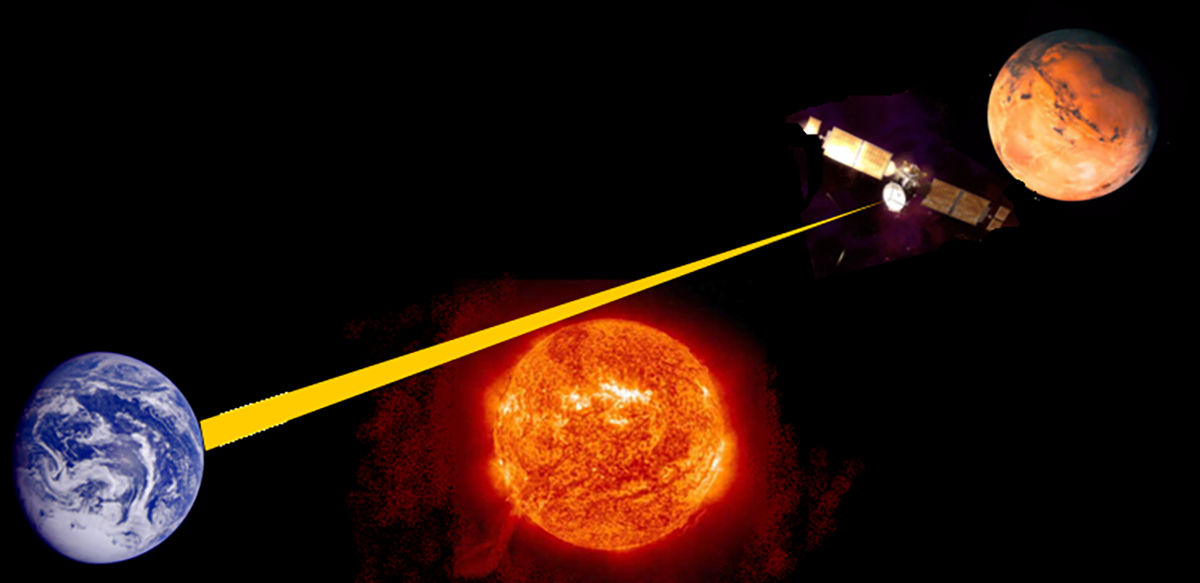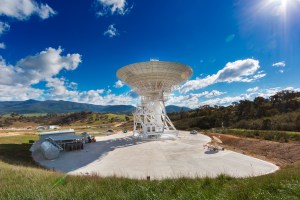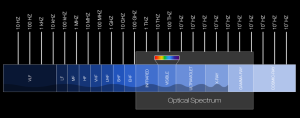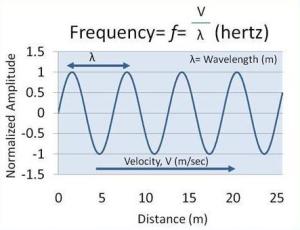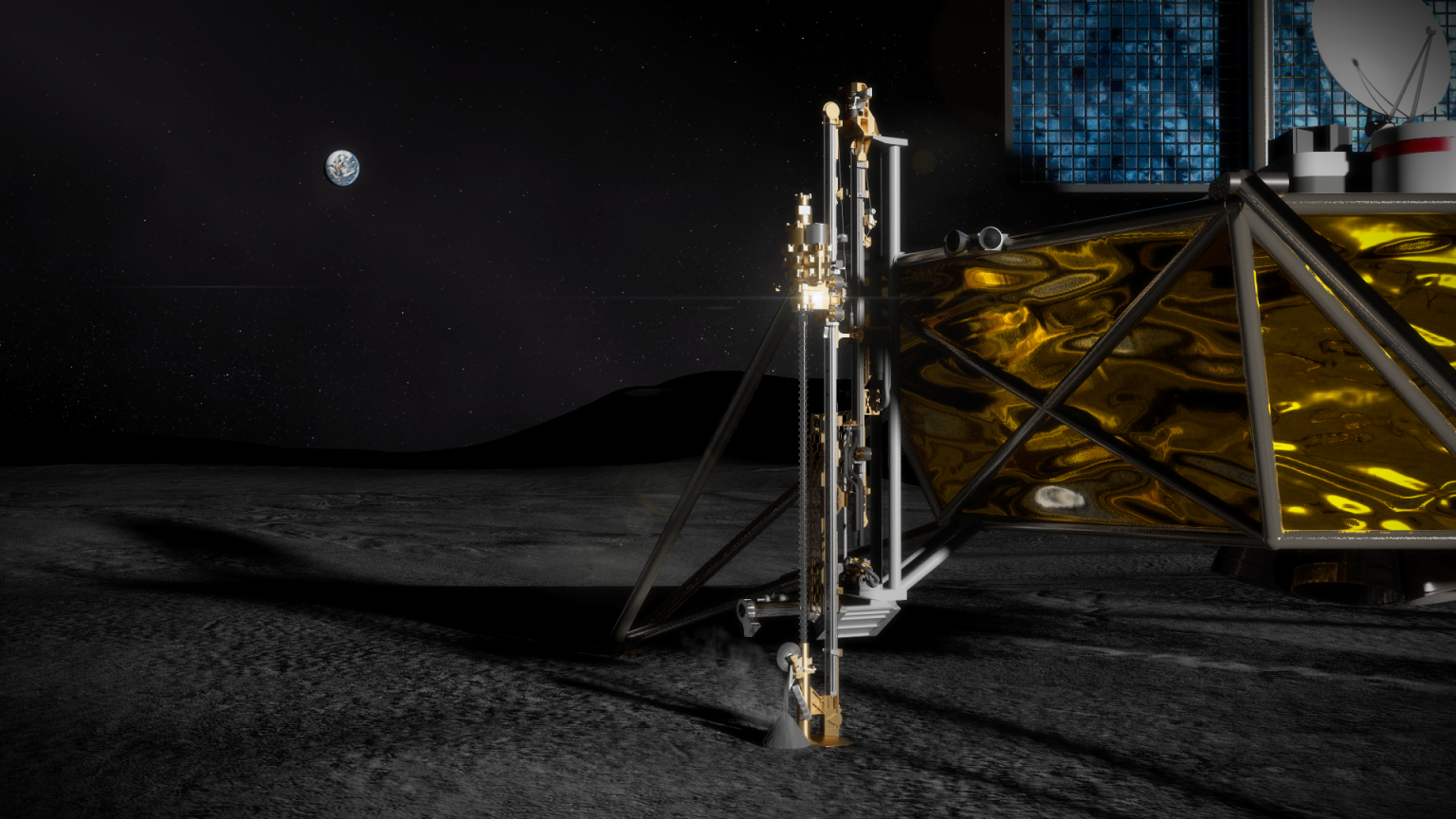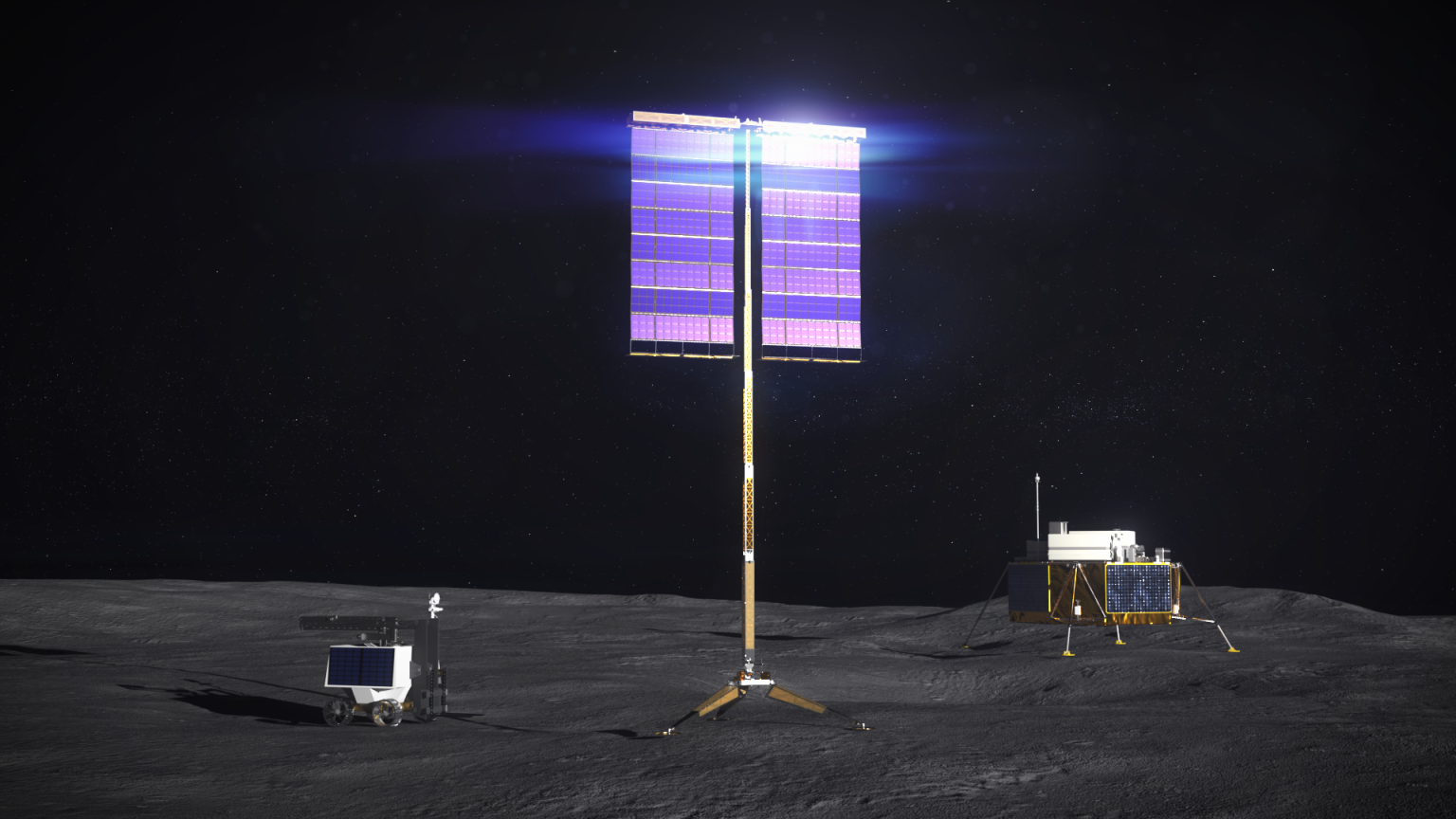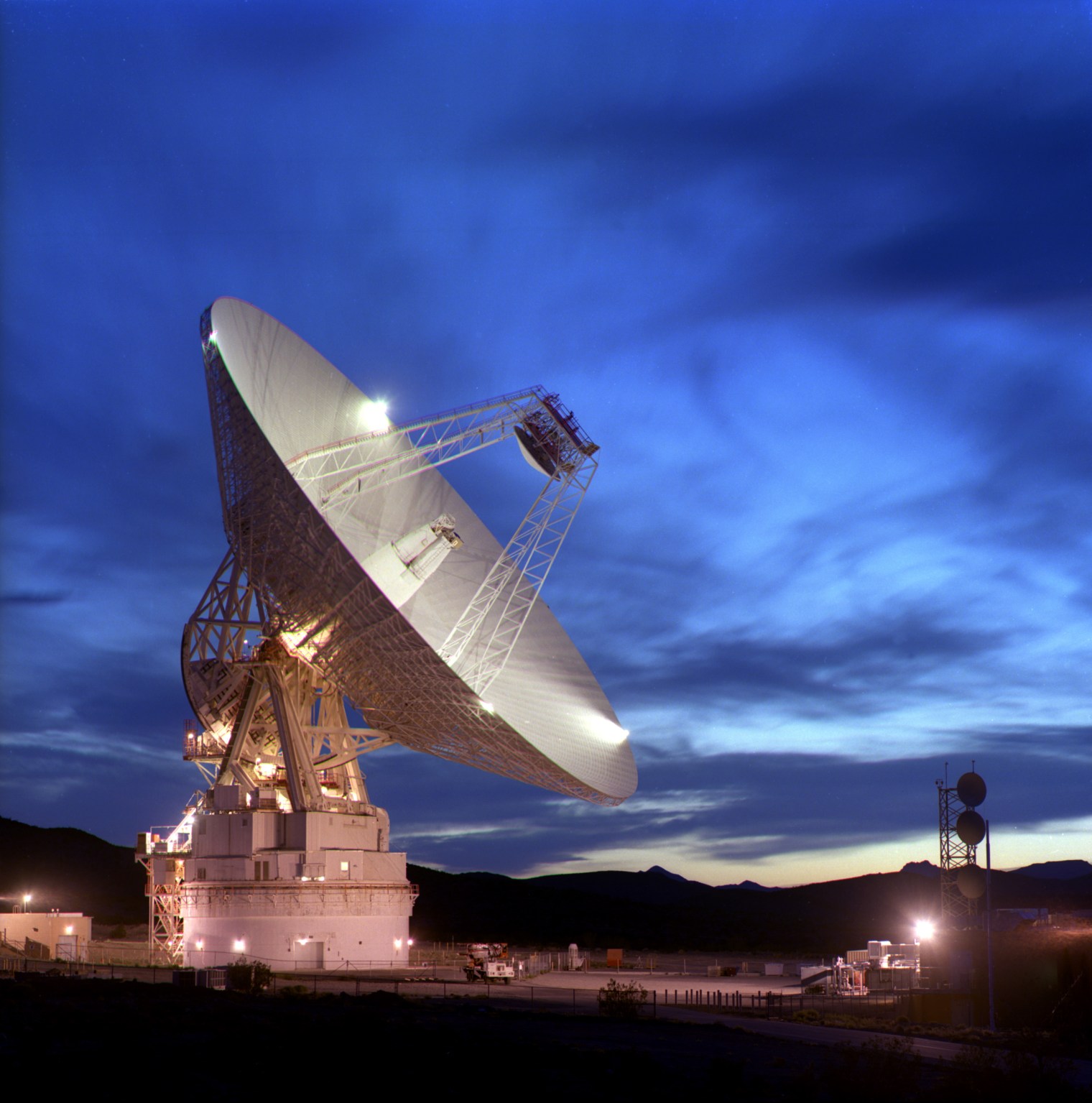Note: Please note that this is an “archived project” and is no longer updated. This article is meant for historical purposes only.
Deep space optical communications will provide 10X to 100X increased data returns over present radio frequency (RF) space communications, for future advanced instruments, live high definition (HD) video, tele-presence, and human exploration beyond cis-lunar space. Deep space optical communications is a significantly different operational domain from near Earth free space optical communications, primarily due to effects resulting from the vastly increased range between transmitter and receiver. To date, no optical communications link has been closed beyond Earth-Moon distance.
The objective of this Deep Space Optical Communications Project is to develop key technologies for the implementation of a deep space optical transceiver and ground receiver that will enable greater than 10X the data rate of a state-of-the-art deep space RF system (Ka-band) for similar spacecraft mass and power. Although a 10X RF deep space optical transceiver could be built with existing technologies, the mass and power performance for the data rate provided would not be competitive with existing RF telecommunications systems. The FY2010 NASA SOMD/SCaN funded Deep space Optical Terminals (DOT) pre-phase-A project identified four key technologies that need to be advanced from TRL 3 to TRL 6 to meet this 10X performance goal while minimizing mass and power burdens on the host spacecraft. The four technologies are: a low mass spacecraft disturbance isolation assembly, a flight qualified photon counting detector array, a high efficiency flight laser amplifier and a high efficiency photon counting detector array for the ground-based receiver.
















